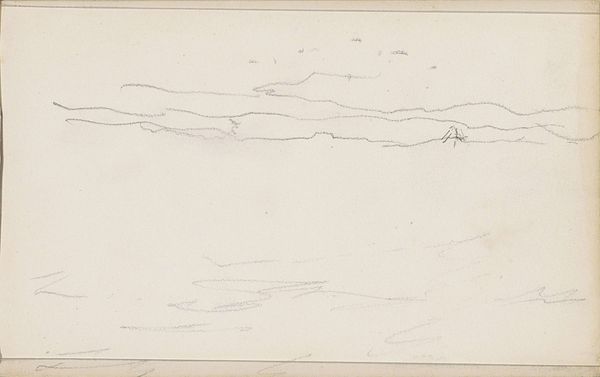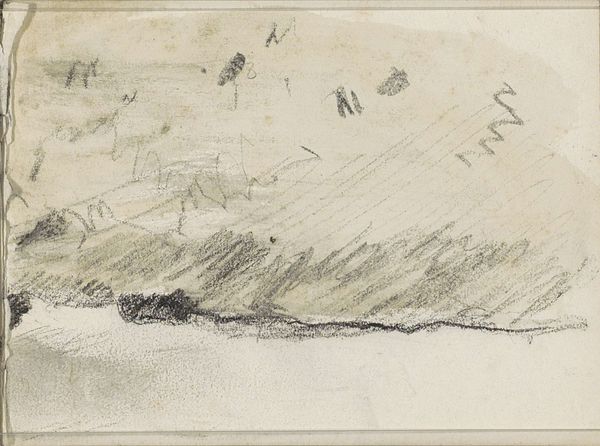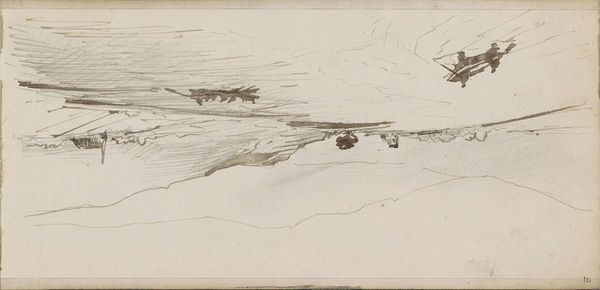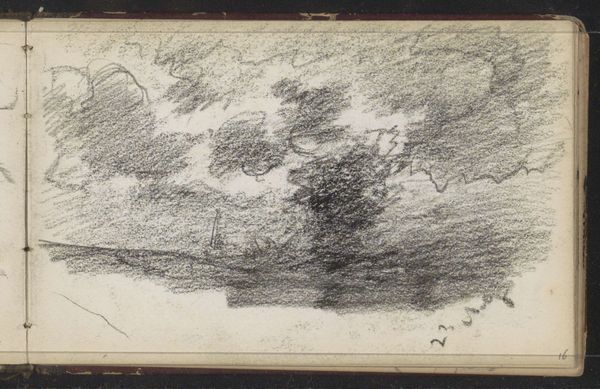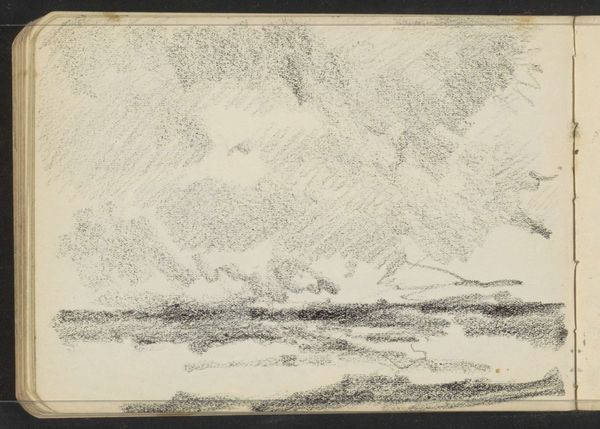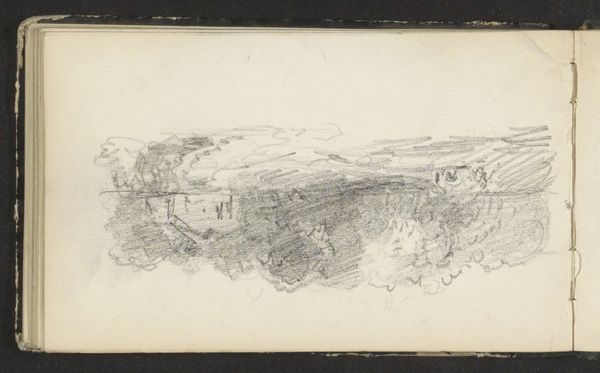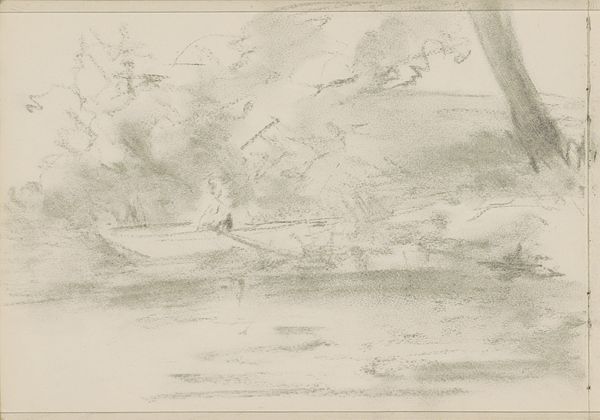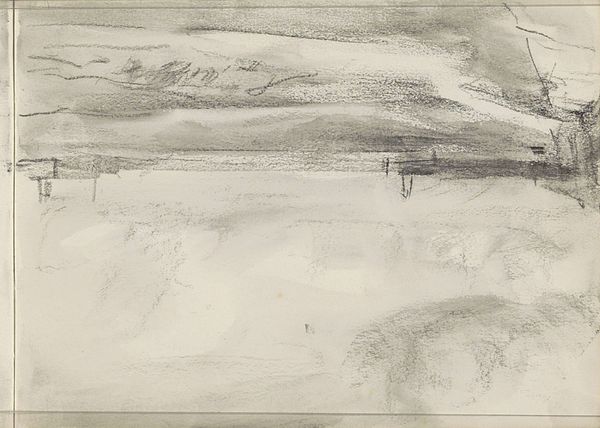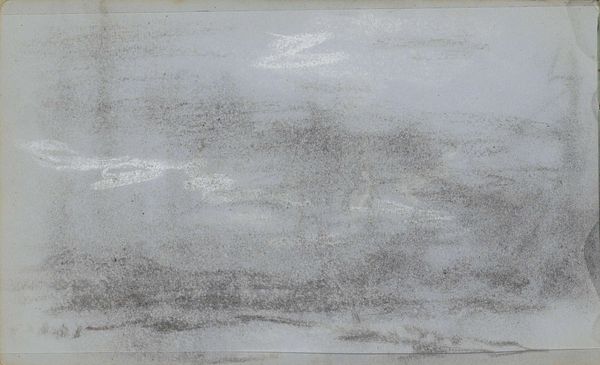
drawing, pencil, graphite
#
drawing
#
landscape
#
road
#
romanticism
#
pencil
#
graphite
#
realism
Copyright: Rijks Museum: Open Domain
Johannes Tavenraat made this pencil drawing of a landscape with a windmill and figures on a country road in the Netherlands in the 19th century. The windmill in the drawing refers to a long history of Dutch ingenuity in water management and land reclamation. Windmills, like the one depicted here, were essential to the economic infrastructure of the Netherlands. This drawing comes from a time when the Netherlands was consolidating its national identity after the Napoleonic wars. Tavenraat's decision to represent the local landscape, including the workers on the road, suggests a social commentary on the importance of local labor and the natural environment. The Rijksmuseum, where this work is housed today, was founded during this period of nation-building, and played a vital role in defining Dutch identity and history through its art collection. Historians consult archives, period documents, and art criticism to understand the economic and political forces behind works such as this. Art always reflects the social and institutional context in which it was made.
Comments
No comments
Be the first to comment and join the conversation on the ultimate creative platform.

